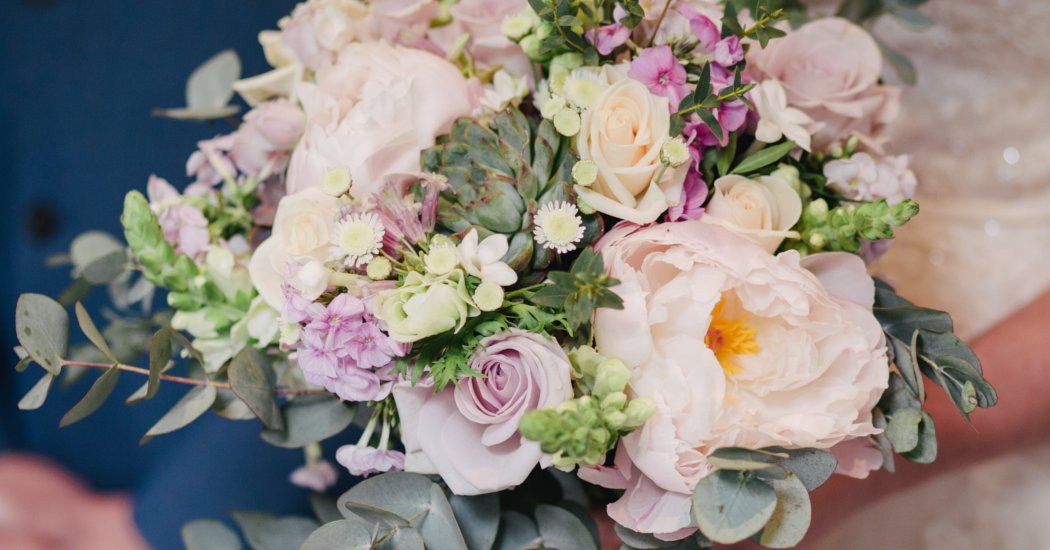
Traditional Roman Wedding Ceremonies
Consent
Marriage was seen as the transfer of a woman (aged from 12 years) from her father to the authority of her husband (aged 14 years or more). It was the father who would choose a husband and make the agreement with the groom’s family, including the size of the dowry, which became the property of the husband after marriage. This could include slaves, clothing, jewels, and furniture. In aristocratic families, economic or political considerations were far more important than love or compatibility of the couple
Engagement
The engagement was not a legal requirement, but if money was available, a betrothal (truth) ring was worn on the third finger of the left hand, because the Romans believed that a nerve ran from this finger directly to the heart.
Wedding Date
The Roman calendar was originally based on the first three phases of the moon, with days counted backwards from lunar phases. In Roman times, it was considered unlucky to marriage on the day of the new moon, known as the day of the Kalends, the moon’s first quarter or the day of the Nones, or the day of the full moon or Ides. June was the most a popular month since it was named after Janus, the God of new beginnings.
Wedding dress
The bride was dressed, with the help of her mother, in a long straight tunic in white that reached to her feet, with a bridal veil topped with a wreath of flowers, which the bride had to gather herself, and shoes bright yellow in colour. The most important part of her wedding dress was a belt, tied around her waist in the ‘Knot of Hercules’ as Hercules was believed to be the guardian of married life. Only the husband could untie this knot.
Wedding ceremony
The wedding ceremony would take place early in the morning, at the bride’s father’s house, with guests present and for legal reasons, at least 10 witnesses, usually in the ‘atrium’ or entrance hall of the house. The celebrant would order away evils spirits and invite Janus and the spirits of the house to give their blessing to the marriage. The maid of honour would then join the couple’s right hands, and the couple would consent to marriage using the chant ‘Quando tu Gaius, ego Gaia’ and ‘Quando tu Gaia, ego Gaius’ respectively, which loosely translates as “wherever you go, there also go I, your wife / husband”. After the words of consent, the bride and groom sat on stools, facing the altar. An offering was made to the god Jupiter, which was the final formal act of the ceremony when the couple ‘broke bread’ together. Sometimes referred to as ‘cake’, it was unleavened bread which the couple would feed to each other to symbolise their commitment to the relationship. Then followed congratulations by the guests and a dinner party.
To complete the marriage ceremony, it was vital that after the dinner party, the bride was escorted to her husband’s house by three boys, one of whom carried a torch, the other two supporting her by the arm as well as a procession of well-wishers. The mother held her daughter, and with a pretend show of force the groom took his bride from her mother’s arms. At the door of her new, the bride would recite the consent chant and then be carried over the threshold by the groom, and a private party commenced with invited guests only. The bride then lit a fire with the torch that had been carried in the procession, and the torch was then extinguished and thrown among the guests who scrambled to catch it, similar to how the bridal bouquet is tossed at modern weddings.